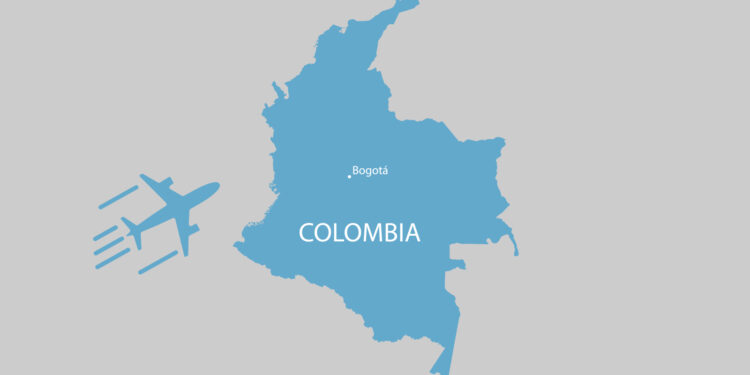Operating to Colombia – Part 1: Airports, Parking & Slots

This business aviation blog post is part of a three-part article series on business aviation operations to Colombia.
General aviation (GA) operators travel to Colombia for both business and leisure, and traffic to this region remains steady. While the operating environment here is much more straight-forward and less onerous compared to other countries in the region such as Venezuela, there are certain unique and important operating considerations that must be kept in mind for successful and trouble free GA missions to Colombia.
The following is an overview of what you need to know:
1. Popular stops
Airports in Colombia most frequented by GA include Bogota (SKBO), Cartagena (SKCG), Medellin (SKRG), Barranquilla (SKBQ) and Cali (SKCL). These are all 24-hour airports of entry (AOEs) with full aircraft services and customs, immigration, and quarantine (CIQ) clearance available 24 hours.
2. Airport slots
The only major airport in Colombia with slot requirements is SKBO. Slots should be requested, via your ground handler, as soon as the schedule is known. Obtaining airport slots is seldom problematic at this location. Your ground handler will coordinate slot arrangements with the airport authority.
3. Parking considerations
While aircraft parking is generally not an issue at Colombian airports, there are times, particularly during summer months, where parking ramps fill up. SKBO is typically the most in-demand airport for GA, and you’ll experience aircraft parking issues here on occasion. It’s always recommended to communicate with your 3rd-party provider to determine if any such parking issues will affect your upcoming trip.
4. Aircraft support services
Full aircraft support services are available at all of the above airports, and credit can be arranged with prior notification. Ground handlers carry a range of support equipment (GSE), including towbars, at most major airports for popular GA aircraft types. It’s best, however, to carry your own towbar and to confirm all GSE requirements in advance. Additionally, for any travel to small airports, it’s recommended to check what services are available, as there are likely to be limitations as to what is offered.
5. Fuel uplifts
Jet A fuel is readily available at larger airports in Colombia, and major aviation fuel cards are often accepted. However, it’s recommended to carry a fuel release and to send a copy of this to your ground handler prior to day of operation. Be aware that fuel availability can be an issue at smaller domestic airfields, so it’s important to always confirm fuel uplifts in advance.
6. Security planning
Security is a primary consideration when traveling to Colombia, particularly as some cities/areas are currently listed as threat level 4 or 5 (on a scale of 1-5). Be mindful of published threat levels at airports you’re operating to and ensure you’re up to date on any potential security risks associated with your destination. Supplemental aircraft security is often recommended in Colombia. Most airports allow operators to station guards at their aircraft. Some airports, however, do not allow private armed guards airside. Many operators arrange secure pre-paid (car with driver) transportation between the airport and hotel, and it’s important to be familiar with available secure transport options prior to day of operation. Avoid public transit, including public taxis, as this can pose threats to passengers and crew. We suggest that operators consider security briefs – for the airport, city and/or hotel – prior to travel to Colombia.
7. Additional reading: Operating to Colombia – Series Index
Note: Links will be updated as articles are published.
Conclusion
Security is always a top consideration with any operation to Colombia. Be sure to obtain current security briefs prior to operation and to have contingency plans at the ready just in case issues arise during your travel to this country.
Questions?
If you have any questions about this article or would like assistance planning your next trip to Colombia, contact me at markhudson@univ-wea.com.
Stay tuned for Part 2, which covers permit considerations for travel to Colombia.




